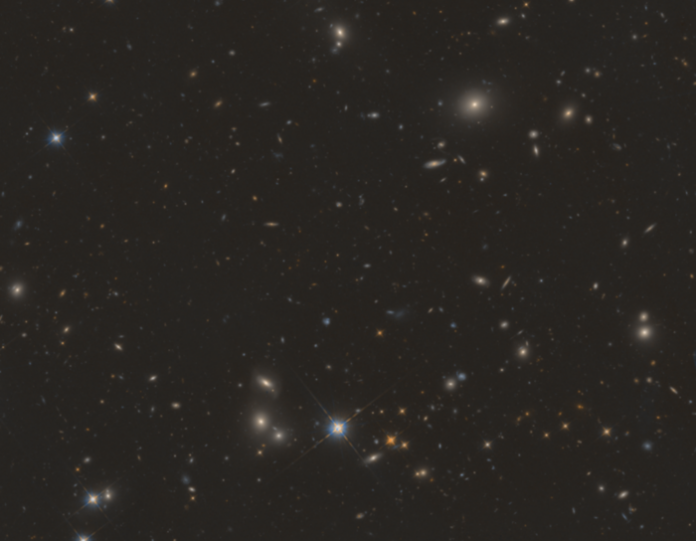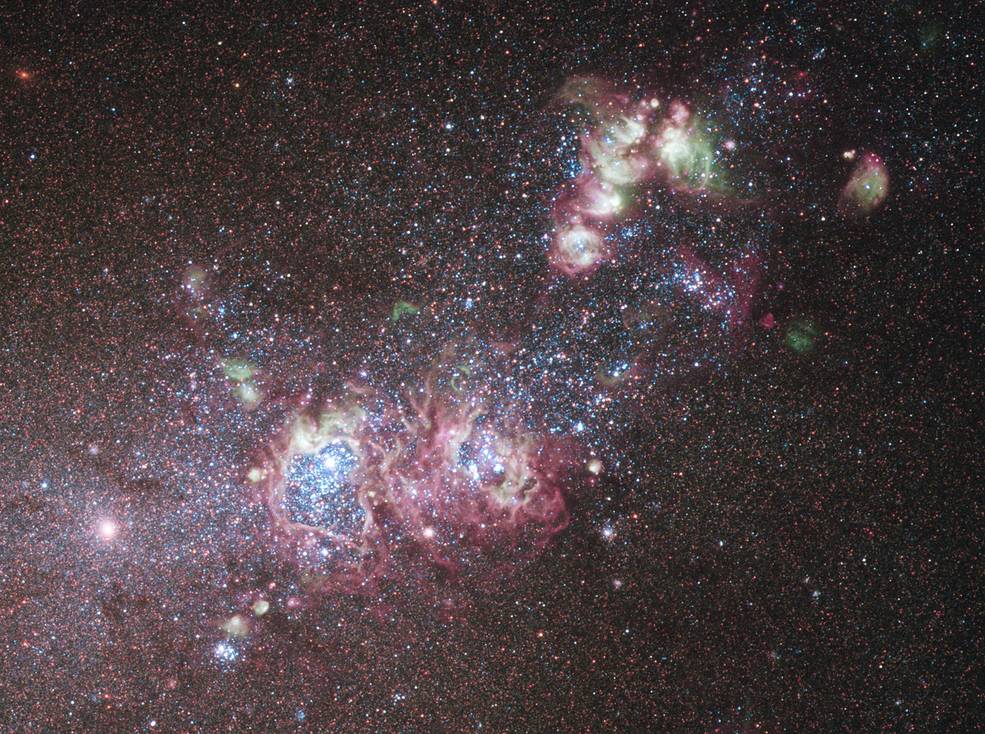
NASA’s Hubble Space Telescope has released its largest near-infrared image ever taken, enabling astronomers to map the origin of our universes rarest galaxies
To be published in The Astrophysical Journal and available on arXiv, the paper is aiding in the discovery and understanding of how the earliest, most distant galaxies originated.
Named 3D-DASH, the high-resolution survey will allow researchers to find rare objects and targets for follow-up observations with the James Webb Space Telescope (JWST).
“Since its launch more than 30 years ago, the Hubble Space Telescope has led a renaissance in the study of how galaxies have changed in the last 10-billion years of the universe,” says Lamiya Mowla, Dunlap Fellow at the Faculty of Arts & Science’s Dunlap Institute for Astronomy & Astrophysics at the University of Toronto and lead author of the study.
“The 3D-DASH program extends Hubble’s legacy in wide-area imaging so we can begin to unravel the mysteries of the galaxies beyond our own.”
A complete near-infrared survey
For the first time, 3D-DASH provides researchers with a complete near-infrared survey of the entire COSMOS field. The phrase ‘near-infrared’ means astronomers are better able to see the earliest galaxies that are the farthest away, allowing the survey has provided one of the richest data fields for extragalactic study.
3D-DASH will help to identify unique phenomena like the universe’s most massive galaxies, highly active black holes, and galaxies on the brink of colliding and merging into one.
“I am curious about monster galaxies, which are the most massive ones in the universe formed by the mergers of other galaxies. How did their structures grow, and what drove the changes in their form?” says Mowla from Yale University.

© NASA, ESA, and the Hubble Heritage (STScI/AURA)-ESA/Hubble Collaboration; Acknowledgment: R. O’Connell (University of Virginia) and the WFC3 Scientific Oversight Committee
Finding our universe’s rarest galaxies
To image such an expansive patch of sky, the researchers employed a new technique with Hubble known as Drift And SHift (DASH). DASH creates an image that is eight times larger than Hubble’s standard field of view by capturing multiple shots that are then stitched together into one master mosaic, similar to taking a panoramic picture on a smartphone.
DASH also takes images faster than the typical technique, snapping eight pictures per Hubble’s orbit instead of one picture, achieving in 250 hours what would previously have taken 2,000 hours.
“3D-DASH adds a new layer of unique observations in the COSMOS field and is also a steppingstone to the space surveys of the next decade,” says Ivelina Momcheva, head of data science at the Max Planck Institute for Astronomy and principal investigator of the study.
3D-DASH covers a total area almost six times the size of the moon in the sky as seen from Earth. This record is likely to remain unbroken by Hubble’s successor JWST, which is instead built for sensitive, close-up images to capture fine detail of a small area. It is the largest near-infrared image of the sky available to astronomers until the next generation of telescopes launch in the next decade, such as the Nancy Grace Roman Space Telescope and Euclid.










